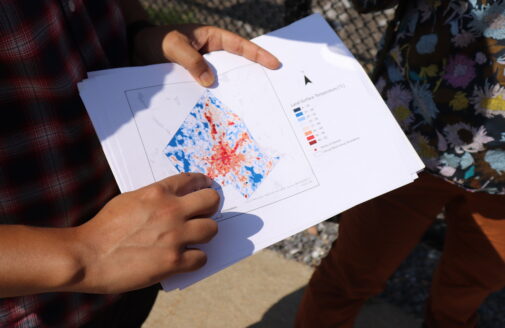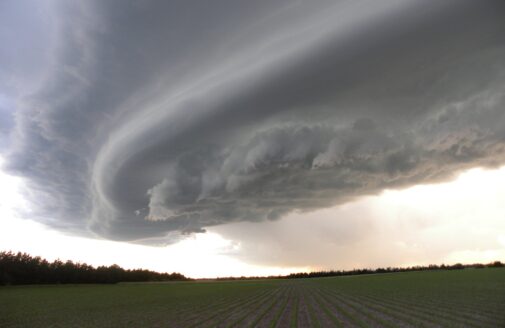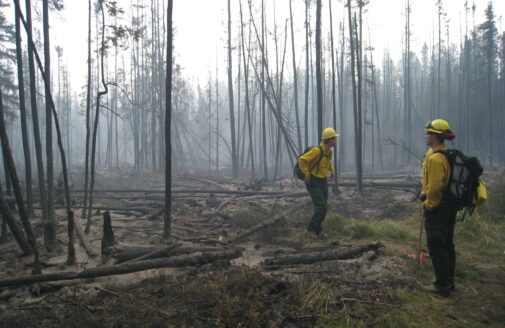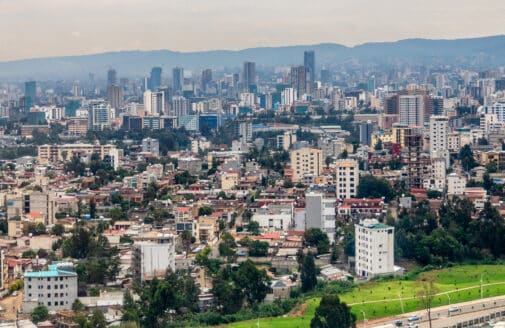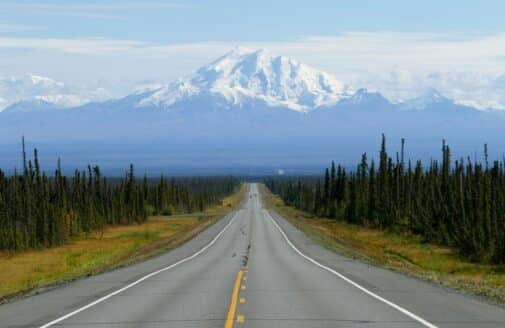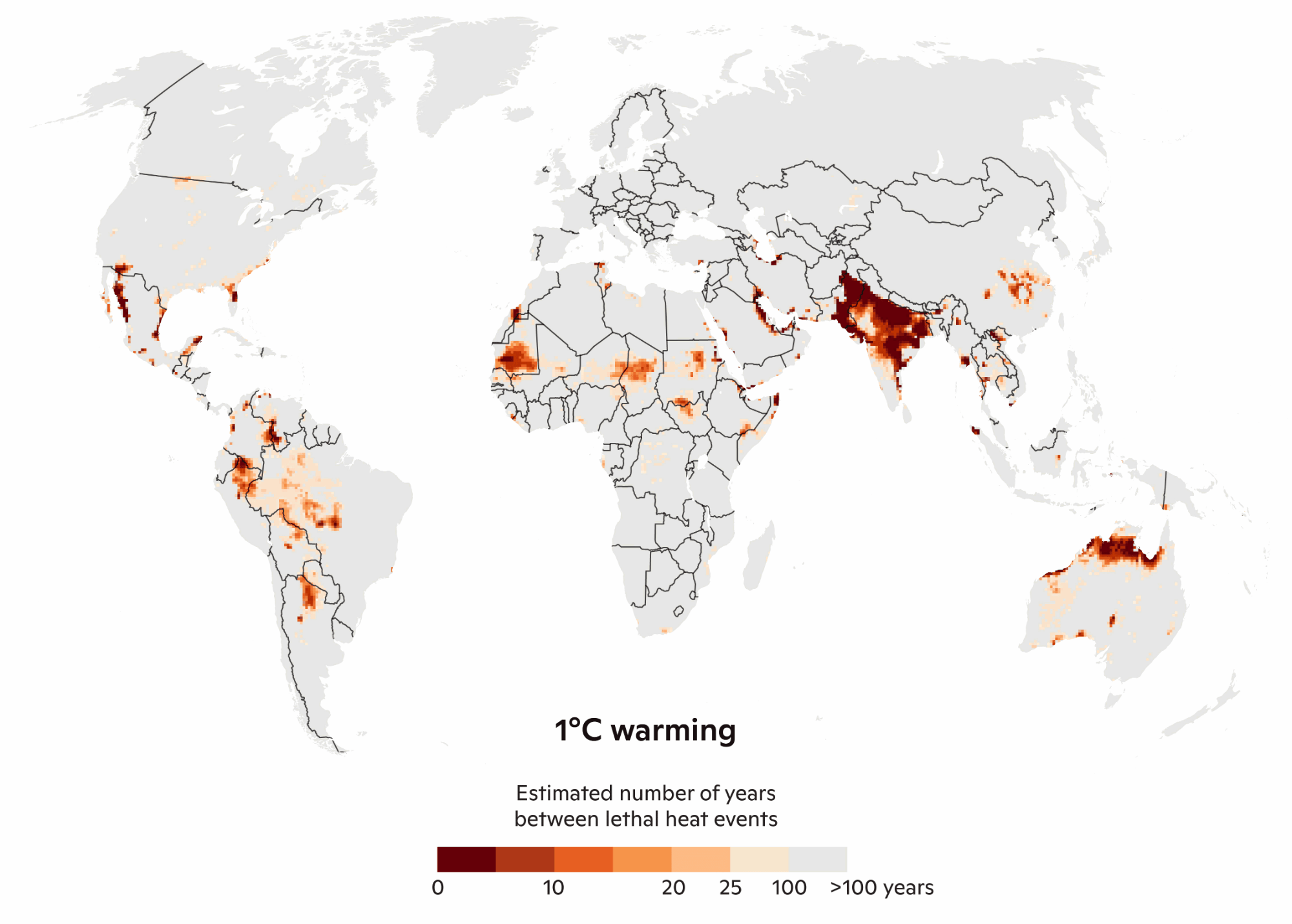
Earth’s hottest summer in 4 graphics
Record breaking heat, deadly humidity, and what this means for the future climate

Hot weather in Sheffield, UK. June 2023.
Photo by Tim Dennell/ Flickr CC BY-NC 2.0
If the summer of 2023 felt abnormally hot to you, that’s because it was. With heat waves making headlines month after month, this year saw a spike in temperatures that broke global records.
September 2023 followed in the footsteps of both August and July as the hottest each month has been since temperature record-keeping began, making the late summer of 2023 Earth’s hottest yet. Here’s how 2023’s sweltering heat compares to past years:
graphic by Christina Shintani
Record-breaking heat in 2023
In North America alone, 78 all time records for hottest temperature were broken over the course of June, July and August. In New Iberia, Louisiana, the temperature record was broken four times, peaking at 109 degrees F. Places as far north as Wainwright Airport in Alaska saw temperatures as high as 84 degrees.
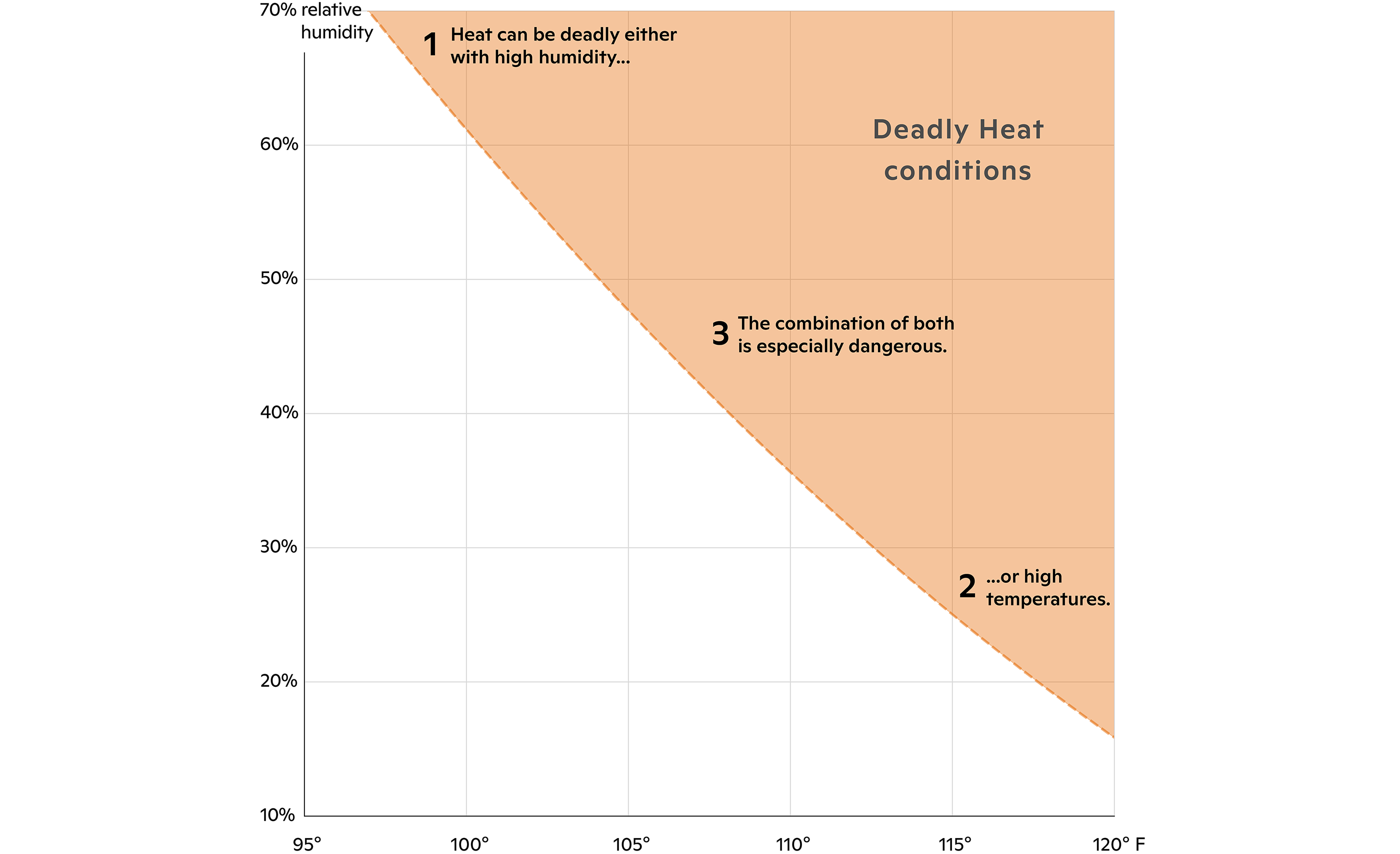
graphic by Christina Shintani
Humidity makes the heat deadly
Extreme heat events like these present a serious danger to human health. That threat is multiplied when instances of high temperature coincide with high humidity— interrupting the ability of the human body to cool off through evaporating sweat. A recent paper co-authored by Woodwell Climate risk team authors, Drs. Christopher Schwalm, David Byrne, Zach Zobel, and Kelly Gassert and Abby Lute, defines “lethal heat” as a wet bulb temperature (a measure combining heat and humidity) of 35 degrees C (95 degrees F). Prolonged exposure— over 6 hours— to temperatures exceeding this can result in death even for a healthy person keeping hydrated in the shade.
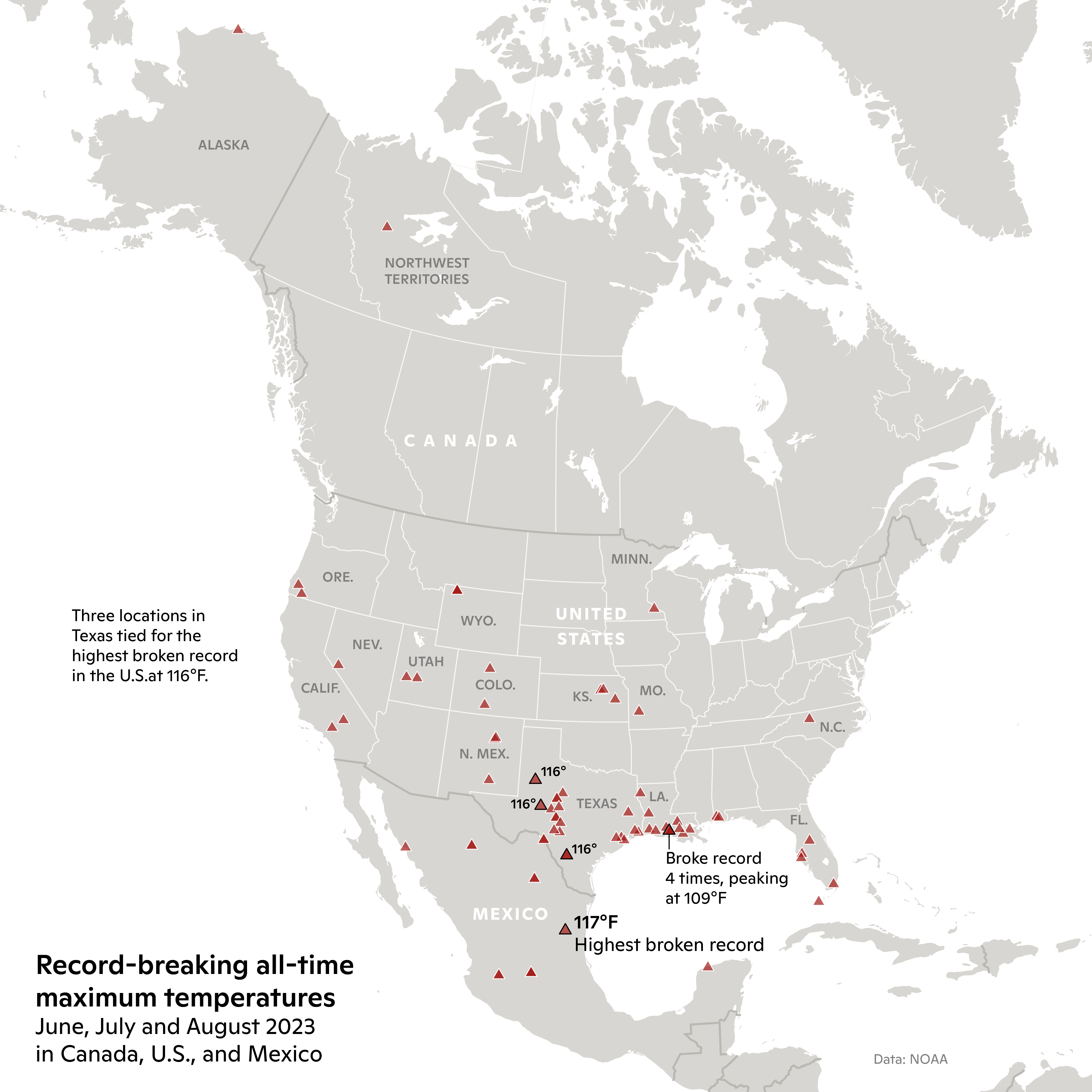
map by Christina Shintani
According to the paper, instances of deadly heat waves are increasing with climate change. Already, with over a degree of warming, parts of Northern India are seeing annual heat events. By just two degrees of warming— a milestone we are currently on track to hit by mid-century— a quarter of the world is expected to experience a lethal heat event at least once in a decade. A significant subset of the world, particularly regions of India, Africa, South America, and the Southeastern US, can expect deadly heat conditions at least once a year at that point, and the area will expand wider with each half degree of warming.
map by Christina Shintani
It’s a forecast that highlights the urgency of acting to mitigate warming and developing local and regional strategies to prepare communities to handle high heat and humidity events when they do come.
“It puts this past year’s heat waves into somber perspective,” says Schwalm. “Without action, we put a lot more, potentially billions, of people at risk of heat stress or death on an annual basis. It’s a significant public health concern.”




